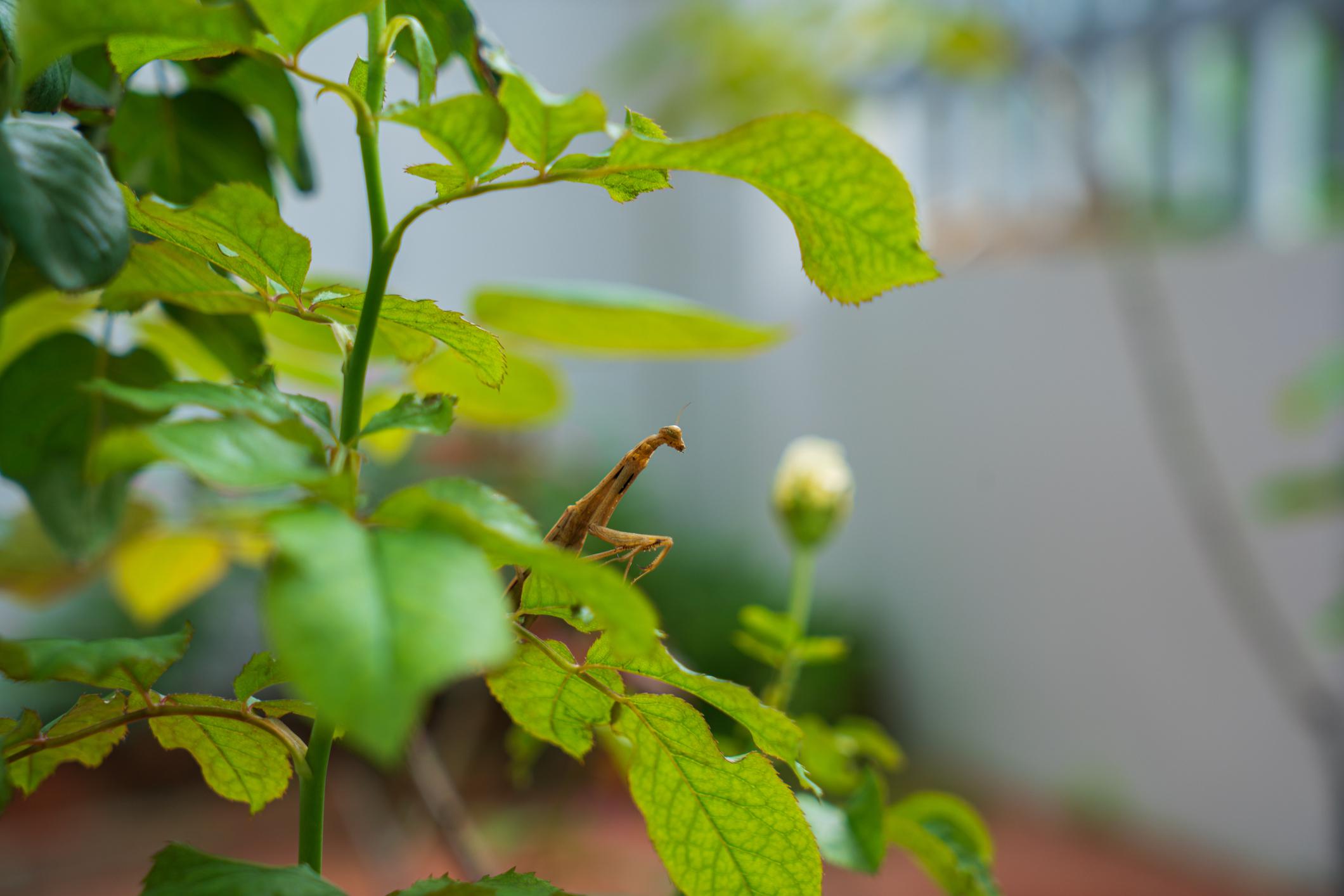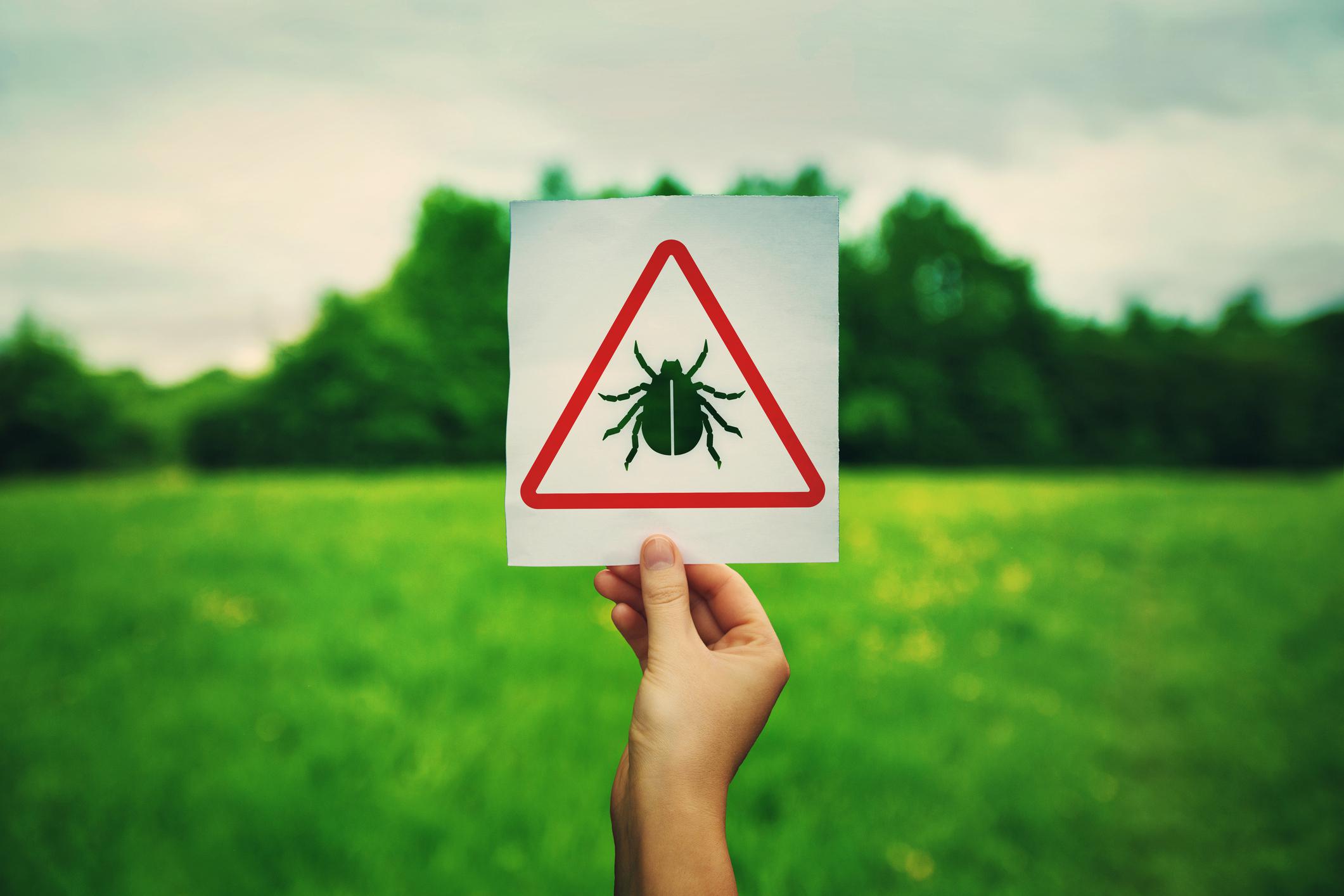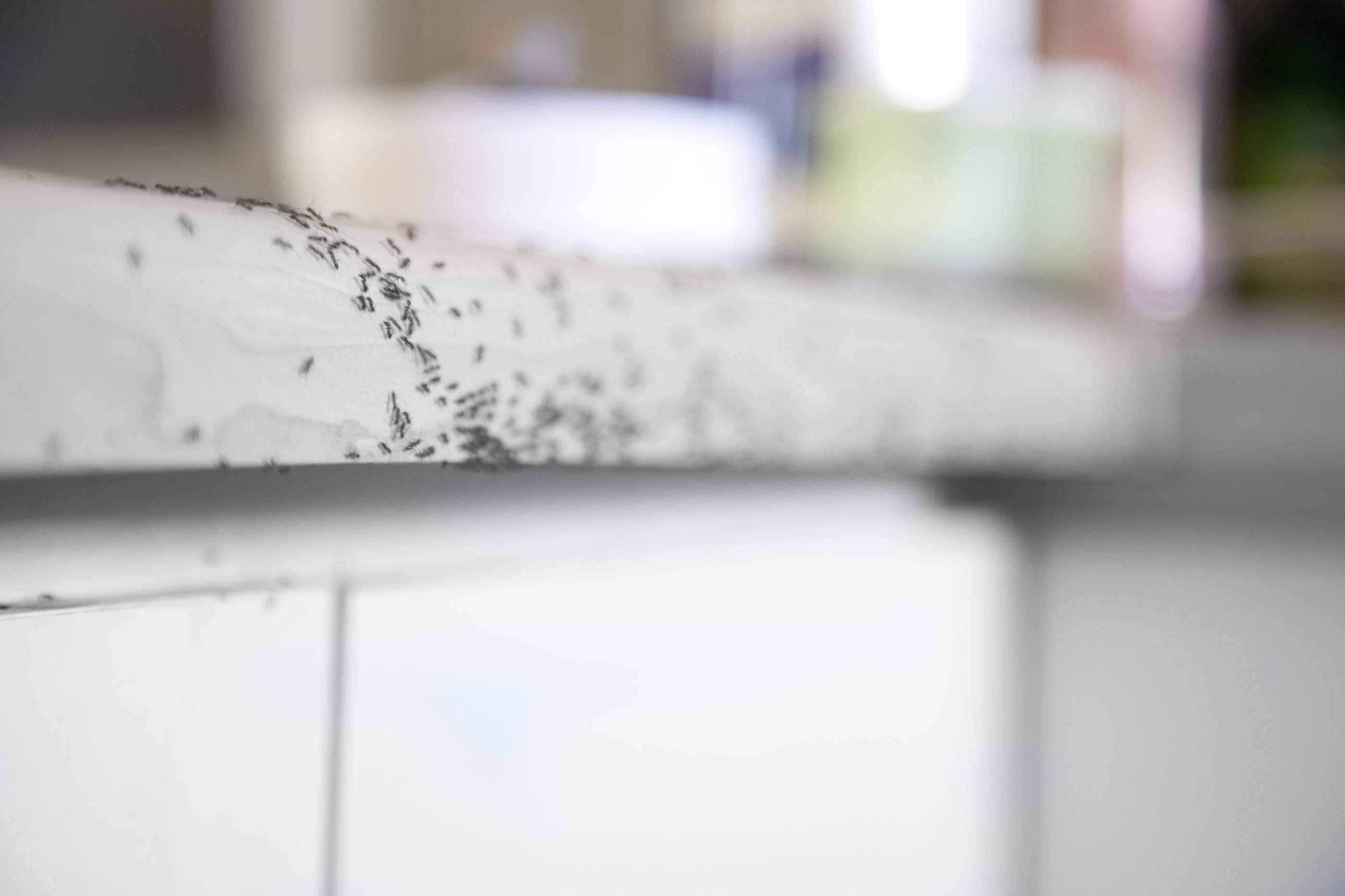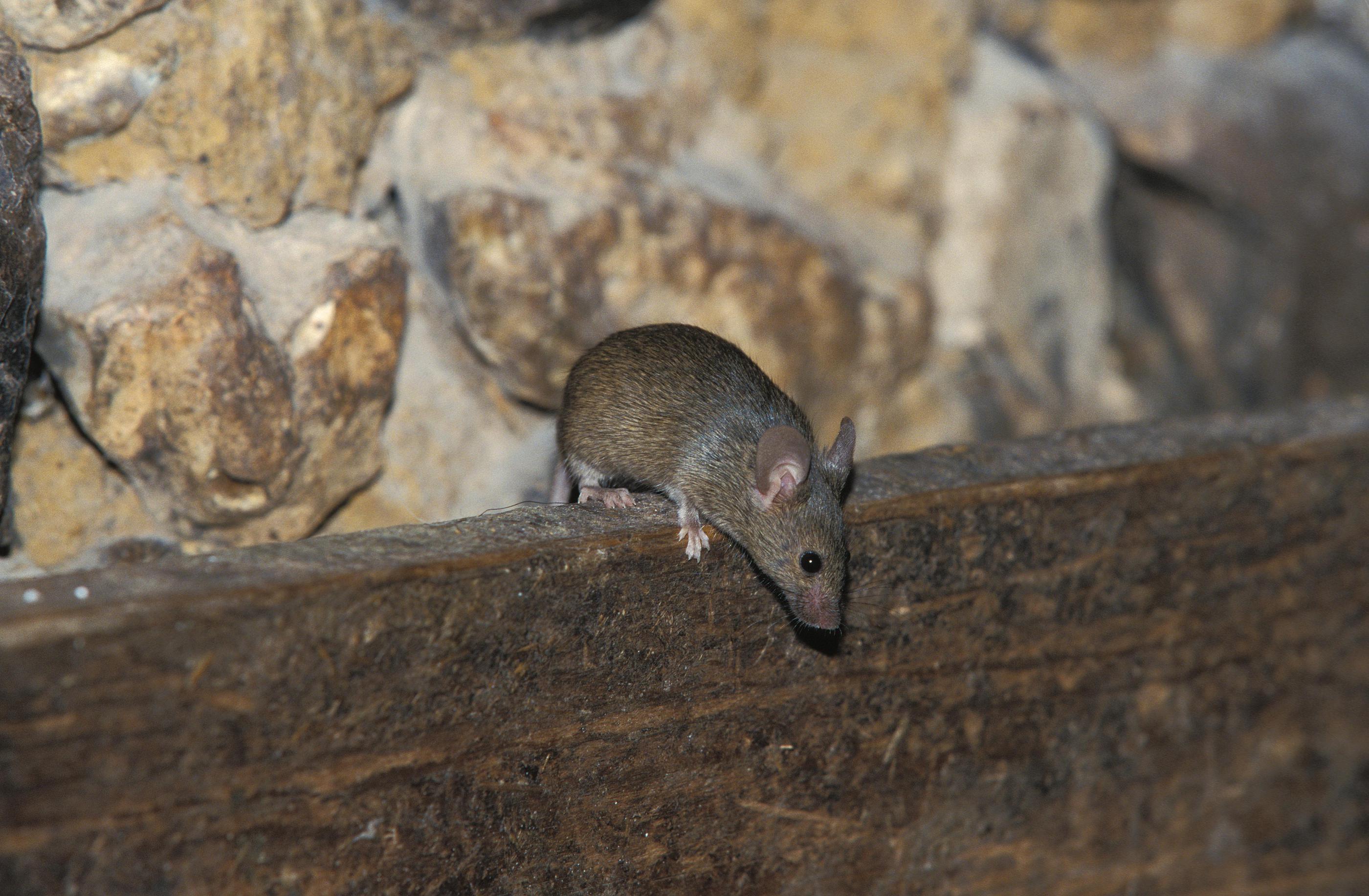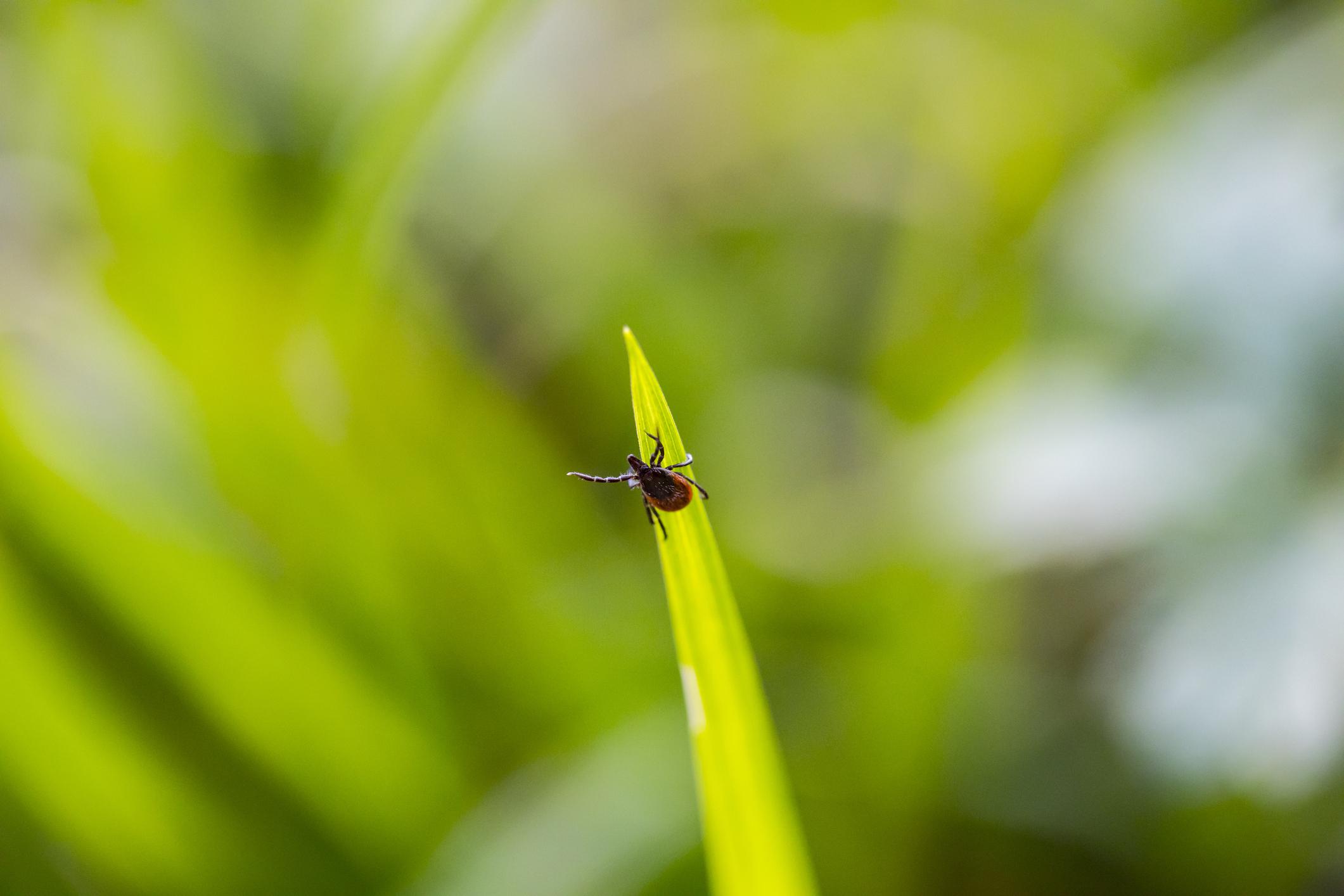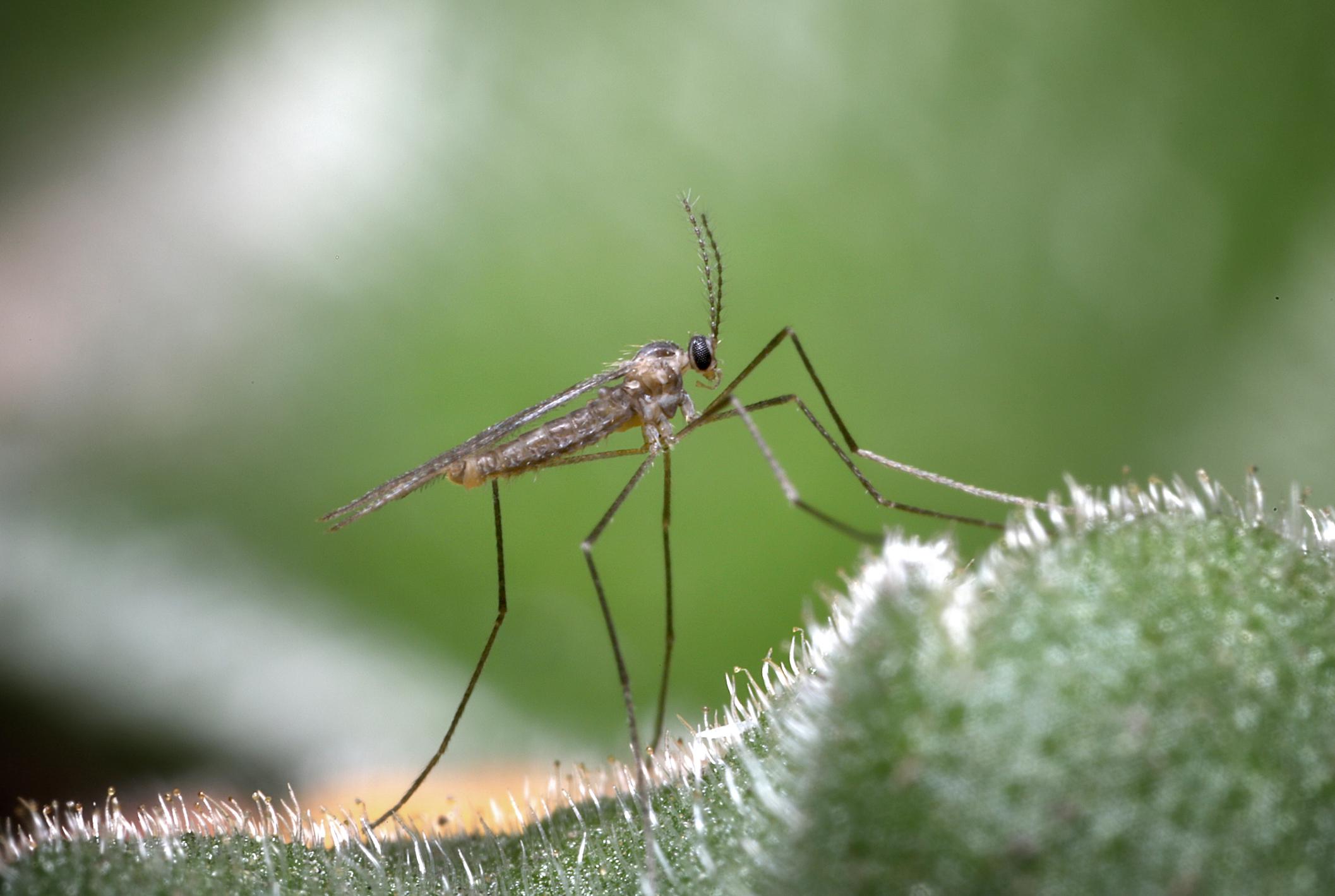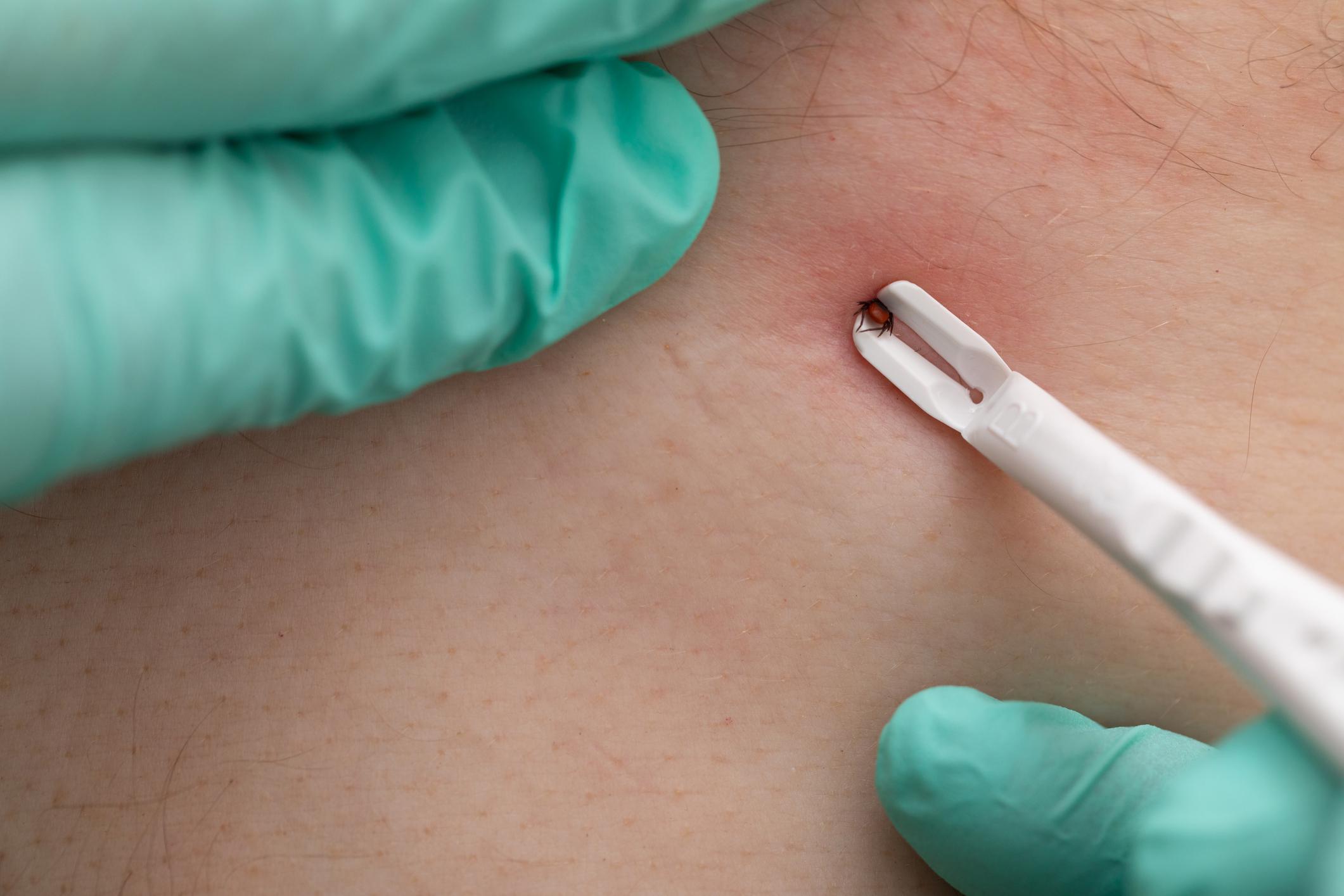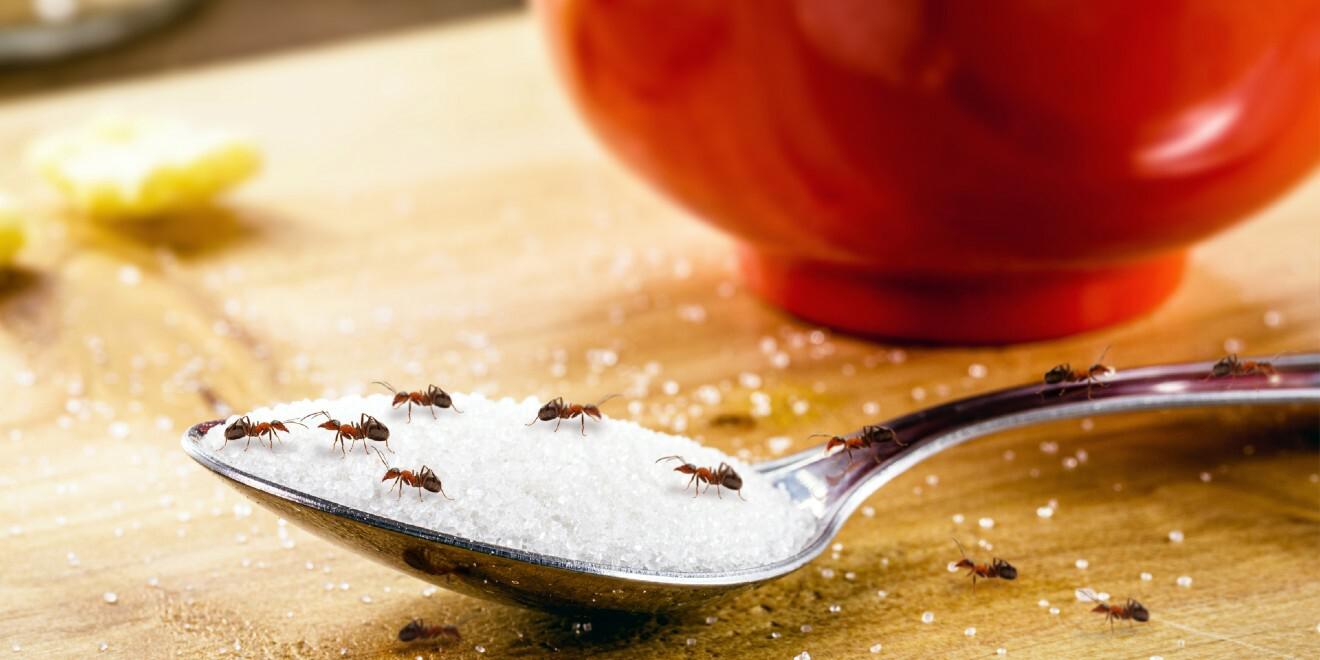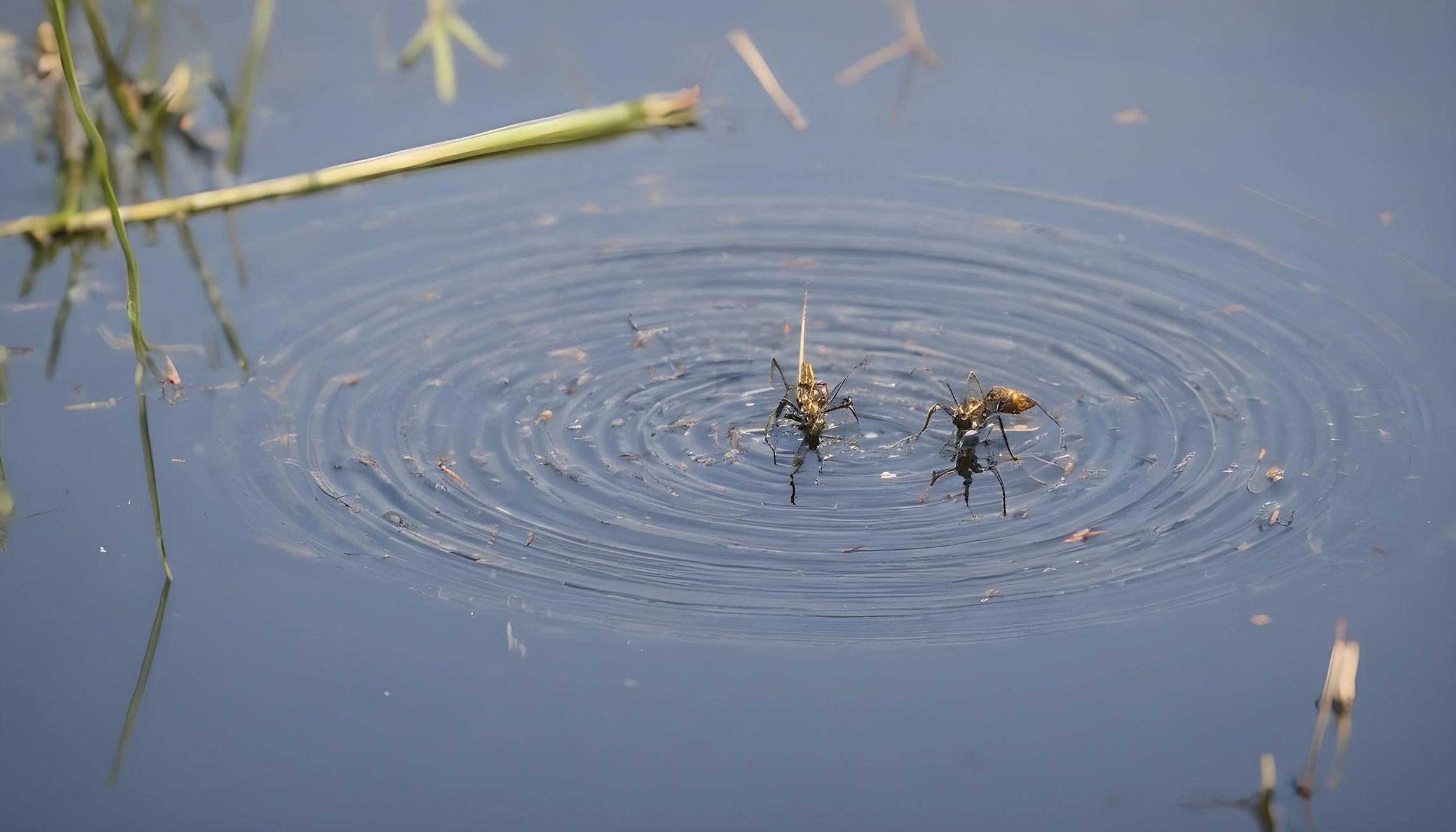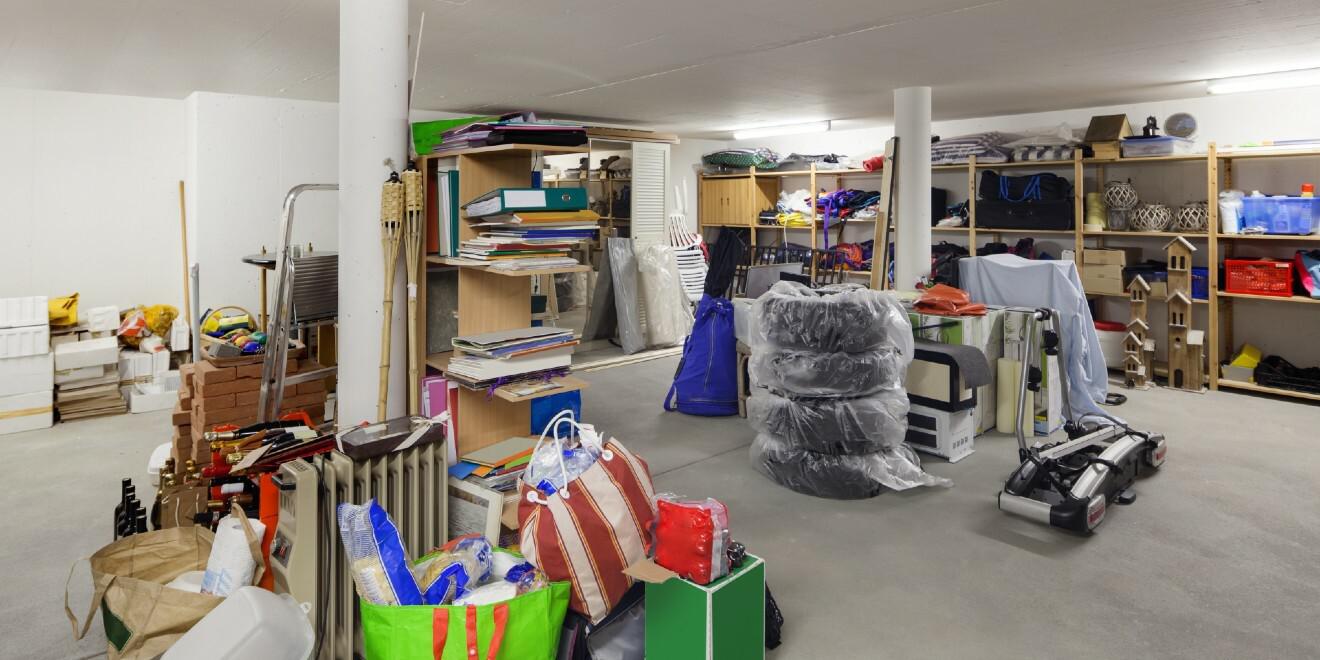Queens, Drones, Worker Bees: Each Has Their Place in the Hierarchy of the Hive
Posted by Mosquito Squad
June 15, 2018
Honey bees… they spend a lot of time in the news. Why is that? Two reasons: 1- they are possibly one of the single most important living creatures involved in the growth of our plant food 2- their numbers are decreasing. It’s these facts that lead to lots of public discussion about protecting bees and even cultivating hives on your own. In fact, Phil Starks writes that urban beekeeping can “provide relatively safe space for colonies of this remarkable insect to survive, and perhaps thrive.” Beekeeping doesn’t have to be a rural past time anymore, but to be a beekeeper the first thing you must know is the job of each bee. There are 3 types of honeybees, the queen, the worker, and the drone. Each plays a very specific part.
THE QUEEN BEE:
The queen has one job. Lay eggs. In each hive, there is only one queen. She is the largest of the bees and she can lay between 1,500-2,000 eggs daily. The Queen is able to determine the sex of each egg that she lays and chooses which to lay by the size of the individual cell she is laying them in. Drone cells must be larger than worker cells.
THE DRONE BEE:
The drone too only has one job. To mate with the Queen. All drone bees are male and the queen chooses those that she cares to mate with. All other drones are pushed out of the hive by the worker bees. This might actually be a better fate since the queen kills those she does mate with by removing their sex organs to store their sperm. Not a glamorous job, that of the drone, as the name might infer.
THE WORKER BEE:
What do worker bees do? Basically everything else. Worker bees are all female and all sterile. Remember only the single queen can lay eggs. Worker bees’ jobs change with age. Young workers are the cleaners. They clean cells after new bees emerge from their cocoons. They also remove any dead bodies within the hive. They are the babysitters of the hive. When a larva is placed in a cell they seal it with wax, then they check on them and feed them until they hatch. Over the course of 8 days, the worker be will feed the larva 10,000 times.
Man, I’m tired! And I’m only explaining what they do.
We aren’t done yet. Workers take care of the queen. She does nothing for herself. They clean her, feed her, remove her waste for her. But she is producing 2,000 babies a day, so she’s tired too. A handful of workers protect the hive. These workers make sure that nothing threatening enters. They may be seen circling the hive to warn any threat to stay away. In the final stage of life, the worker bee will leave the hive. The oldest workers collect nectar and bring it back to the hive. This is the last job. Over the course of approximately 5 weeks, a worker bee will literally work herself to death.
WHY ARE BEES’ JOBS IMPORTANT?
If you are a beekeeper it is. Rick Teault, president of the Massachusetts Beekeepers Association, uses this information when measuring the health of beehives. Knowing what is going on in a hive helps to keep them alive, large and small. Phil Starks says each hive has its own personalities and this division of work is part of that. We need hives. We need more people willing to keep their own hives. Bees are a must in our ecosystem.
At Sub:BusinessName}, we are glad to see the urging out there for more beekeepers in Massachusetts as well as the available education for helping them thrive. We know that bee growth is important to the future globally and we work hard at caring for the bees when we are out doing our job. We want to remove the non-beneficial, annoying, and disease-spreading pests in your yard, but we vow to protect the bees. Our technicians are trained not to mist open blooms and to stay on the lookout for bees and hives. For more information about how we can help you with your mosquito and tick control needs while still caring for our planet call us today.

